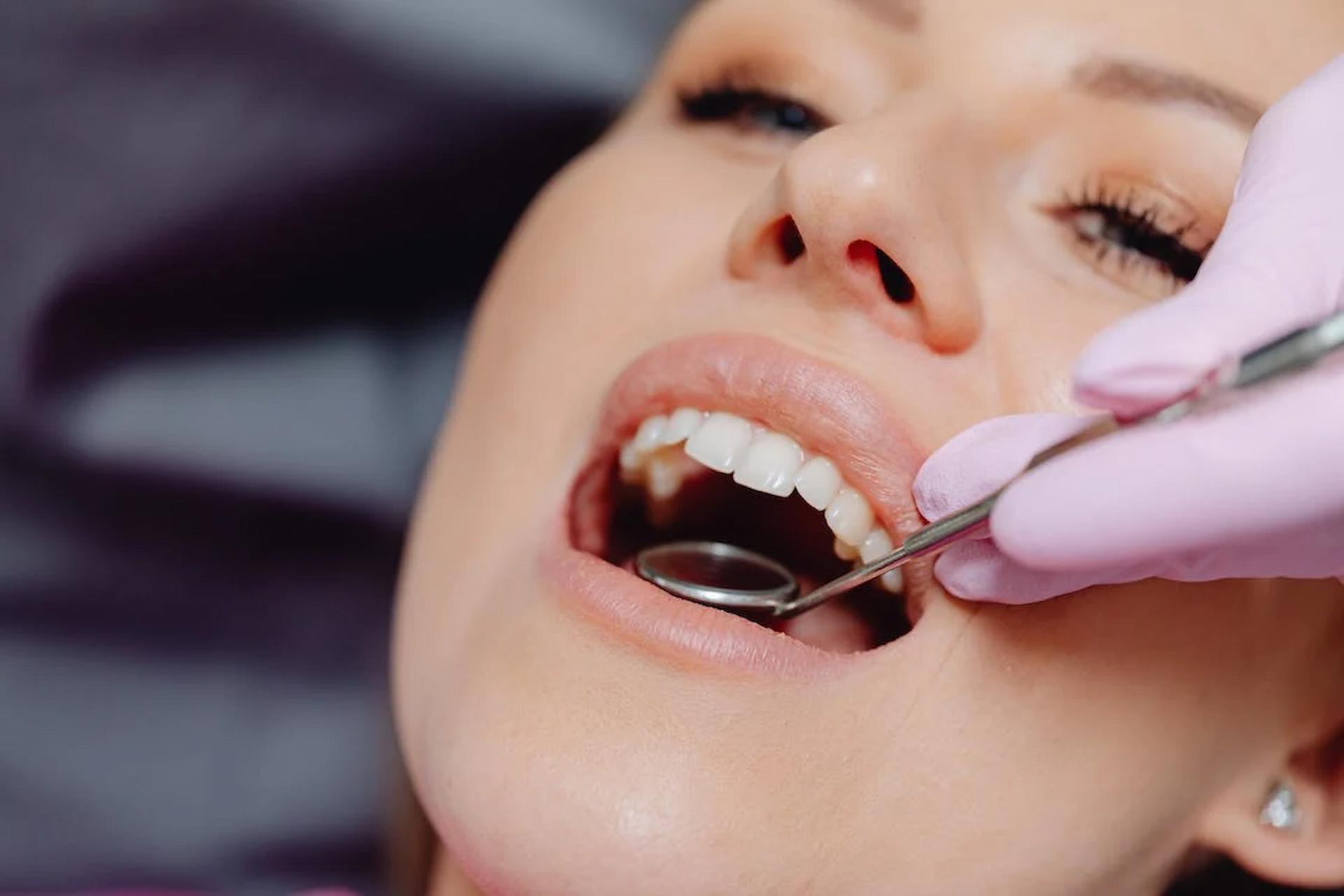As dental professionals, we deal with a whole host of oral hygiene challenges and structuring issues – from missing teeth to gum disease, sensitivity when eating, and the questions our clients have on how to keep their teeth looking and feeling clean and healthy.
Occlusion is one area of dentistry which spans a multitude of different areas yet is often misunderstood by clients and patients as they seek a healthy and pearly white smile. In this blog, we’re discussing three things you may not know about dental occlusion, including what the term really means and includes, and how it manifests itself in different symptoms felt throughout the body.
Occlusion is a positive term – and the opposite is malocclusion
First thing’s first, it’s important to note that occlusion is in itself a positive term – that is, occlusion refers to the alignment of your teeth to produce a perfect smile and a well balanced bite. Conversely, malocclusion is the term that dental professionals use when there is an issue with the alignment of your teeth and your overall bite – whether that presents as an overbite or an underbite.
So, when your dentist talks to you about the occlusion of your teeth and jaw, don’t worry – they are merely referring to the alignment of your top and bottom teeth. If they discuss malocclusion with you, then they are highlighting an issue.
Malocclusion can cause more than pure aesthetic damage
Most people know that bad oral hygiene can lead to other health issues if left untreated – with gum disease, for example, a contributing factor in heart disease and other issues. But did you know that malocclusion can also cause and exacerbate other symptoms, including pain across the jawline, neck, and shoulders.
Some of the main symptoms of, and issues caused by, malocclusion include:
Crooked and loose teeth, especially if the misaligned bite means that your teeth are too close together in the mouth. Teeth which are misaligned and do not fit the jaw properly can feel sensitive when eating and biting down.
A clicking jaw which causes aches up the jawline and around the neck. This can be caused by the way your teeth meet.
Temporomandibular Joint Disorder (TMD), an issue which affects the jaw and causes headaches, neck and shoulder pain as well as other discomfort.
Occlusion can be improved through a series of treatment plans
Malocclusion is best treated with bespoke attention from a dental practitioner, who will be able to assess the severity of your misaligned bite and identify the treatment that will offer you the most sustainable remedy. The most common treatment plans include earing a bite guard, adjusting and straightening the teeth, replacing certain teeth which are overly problematic, and prescribing medication to help manage and minimise the symptoms and discomfort.
If you experience any of the issues listed above, or want to discuss and find out more about your occlusion, then get in touch with your dentist today.


